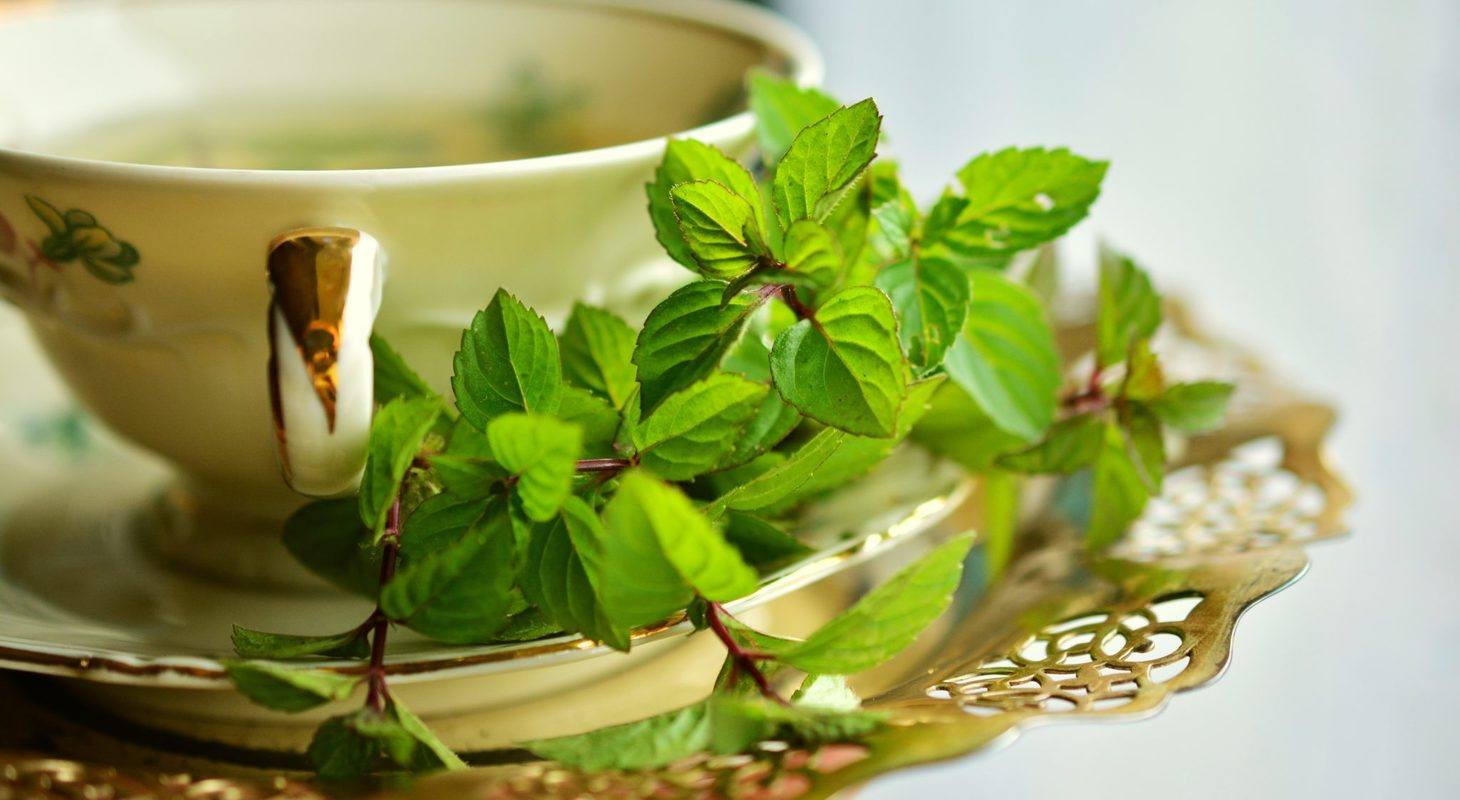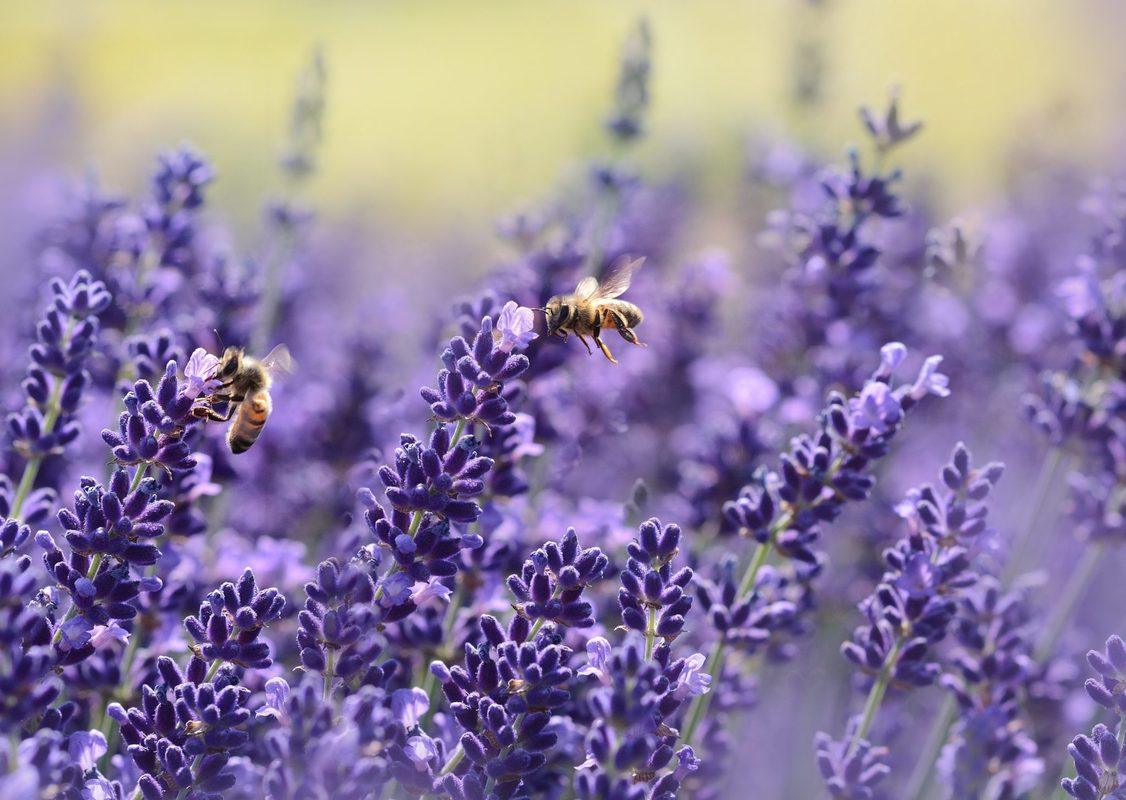Mexican lawmakers now have until Dec. 15 to legalize marijuana and hemp – a new deadline set by the country’s Supreme Court in light of the coronavirus outbreak.
Late Friday, the Supreme Court announced the new deadline for legalization to happen during the lawmaker’s next scheduled session, which runs from Sept. 1 to Dec. 15.Only weeks ago, it appeared Mexico was on the verge of becoming the world’s most-populous country to legalize marijuana and hemp. But the coronavirus pandemic changed everything. Lawmakers packed their bags in late March after racing against the clock to act by April 30, the previous deadline set by the court.
Before the coronavirus sent lawmakers home, a majority of senators approved a legalization bill in committee – an important step because there had to be consensus from all the political parties, said Luis Armendáriz, an attorney in Chihuahua, Mexico, who is affiliated with Denver’s Hoban Law Group.







